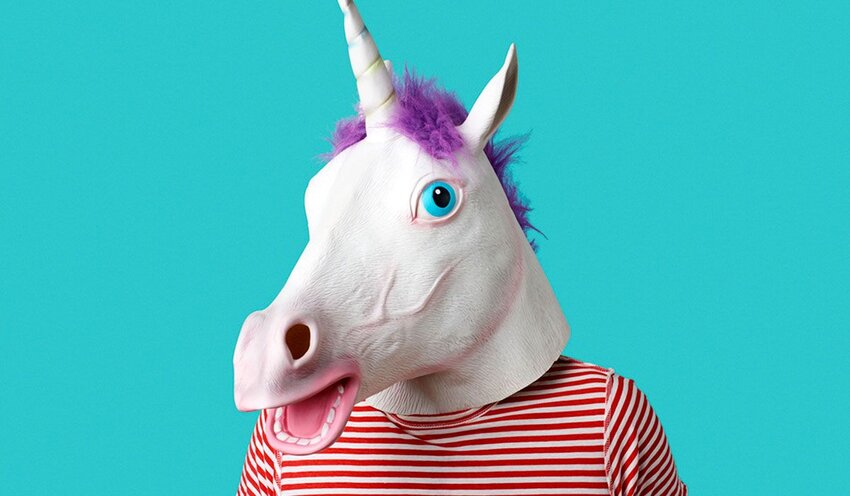Unicorns aren’t just having a moment. They’ve pretty much taken over pop culture. However, centuries of mythology proves there are more fantastical creatures within the enchanted forest than just the enigmatic unicorn. Want to join the hunt? Here's a guide to different culture's magical creatures.
Amphisbaena
Just hope you never run into one of these creatures. Derived from the ancient Greek word amphis, which means "both ways," the amphisbaena is a snake with two heads — one at either end (instead of a tail), which is good for eating ants. Throughout history, amphisbaena have been associated with folk medicine used to safeguard pregnancies, attract lovers, or provide power.
Lycanthrope
This wild creature also goes by a more familiar name. Werewolves and lycanthropes are one and the same — people who transform into wolves under the light of a full moon. The term appeared back in 60 A.D. and has long been associated with mania during a full moon. The word itself also comes from ancient Greece; lukanthrōpos refers to a literal wolf man.
Taniwha
New Zealand’s Māori people have stories about the taniwha. Part-dragon and part-serpent monster, taniwha are fierce lizard-like creatures said to nest in bodies of water or caves. Linked to the Proto-Oceanic word for fish, tanifa, taniwha were either fearsome foes or protective guardians of the tribes that lived among them. The stories shift depending on tribal traditions.
Ifrit
Islamic mythology has many tales related to ifrit (also known as efreet or afrit). These eerie creatures are somewhat synonymous with ghosts, but are more specifically known as powerful, ruthless, and evil spirits. The name comes from the Quran to designate a rebellious member of the jinn, a group of supernatural beings. Stories describe creatures made of smoke who live in ruins or underground.
Kumiho
According to Korean legend, the kumiho is a nine-tailed shapeshifting fox that has lived for a thousand years (similar to the Japanese kitsune and the Chinese huli jing). This long time on Earth transforms the fox into a kumiho, which can turn into different shapes. The kumiho is most often portrayed as a woman who leads men astray.
Tokoloshe
Here's an example of mythological creatures being created to serve a practical purpose. Zulu mythology often features these mischievous goblin or dwarf-like creatures who are called upon to interfere with the happiness or wellness of others. Their height is important to tokoloshe stories. People sleeping on the floor near a fire in enclosed huts were dying mysteriously overnight, yet those sleeping higher up seemed to escape the tokoloshe’s curse. The possible cause of these deaths? Carbon dioxide, which sank to the floor and killed those resting too low. Raised beds seemed to prevent the tokoloshe from causing harm.
Pegasus
Swap a unicorn horn for wings and you’ve pretty much got Pegasus. Derived from ancient Greek mythology, Pegasus was the offspring of the god of the sea, Poseidon. In addition to its flying ability, a Pegasus can travel between the mortal and immortal realms freely, as well as create beautiful springs on Earth wherever it trods. The Greek word pā́gasos means "well" or "spring."
Photo credit: nito100/ iStock

